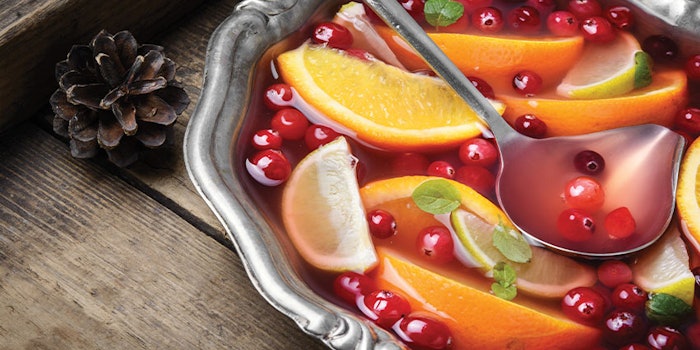
Linalool oxide, natural
Source: Synerzine
FEMA# 3746, CAS# 1365-19-1
Natural occurrence: Clary sage, basil, geranium, lavender, lemongrass, bitter orange, tagetes and tea.
Odor: @ 100%. Cooling, earthy, floral, wet, green and tealike.
Taste: @ 10 ppm. Earthy, wet, green, floral and slightly bitter.
Taste: @ 20 ppm. Fresh, wet, cooling, earthy, woody, slightly floral and green.
Possible applications: Although not highly characteristic of any single foodstuff, this material will add depth to berry flavors like blueberry and blackberry, apple, pear, floral flavors and green and black teas.
Synerzine: www.synerzine.com
2,6,6-Trimethyl-1-cyclohexen-1-acetaldehyde (AKA: β-homocyclocitral)
Source: Synerzine
FEMA# 3474, CAS# 472-66-2
Odor: @ 100%. Cooling, green, berrylike, mentholic, woody, camphoraceous and earthy.
Taste: @ 2 ppm. Oily, woody, cooling, camphoraceous, green and earthy.
Taste: @ 4 ppm. Berrylike, fresh, woody, oily and cooling.
Possible applications: At very low levels, this chemical will enrich dark berry notes in raspberry, cherry, blueberry, grape and cranberry, as well as red wine flavors. It might also be considered for use in tobacco, tea, herbal and brown fruit flavors like raisin, tamarind and prune.
Synerzine: www.synerzine.com
For the full article, please check out Perfumer & Flavorist's December 2020 issue.











